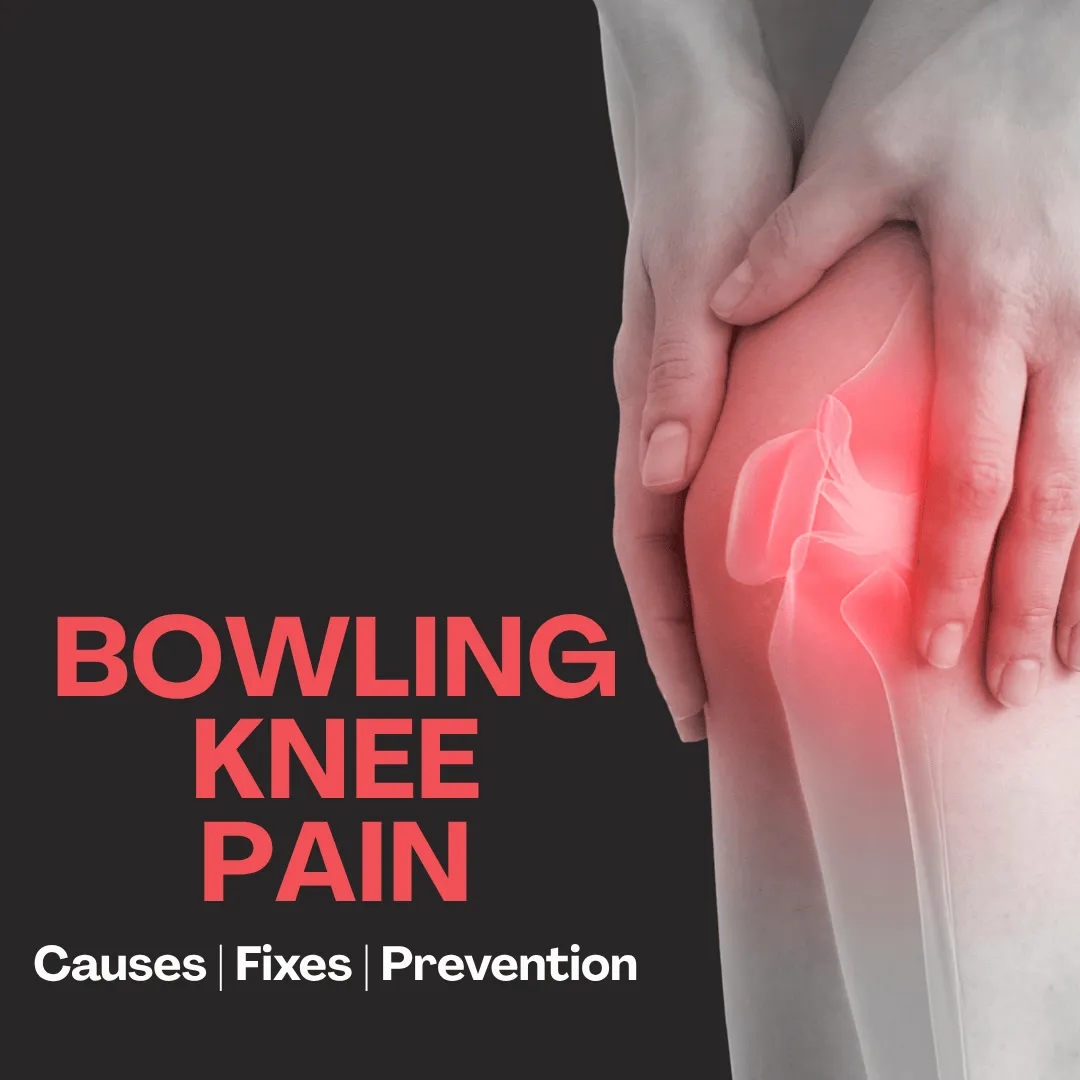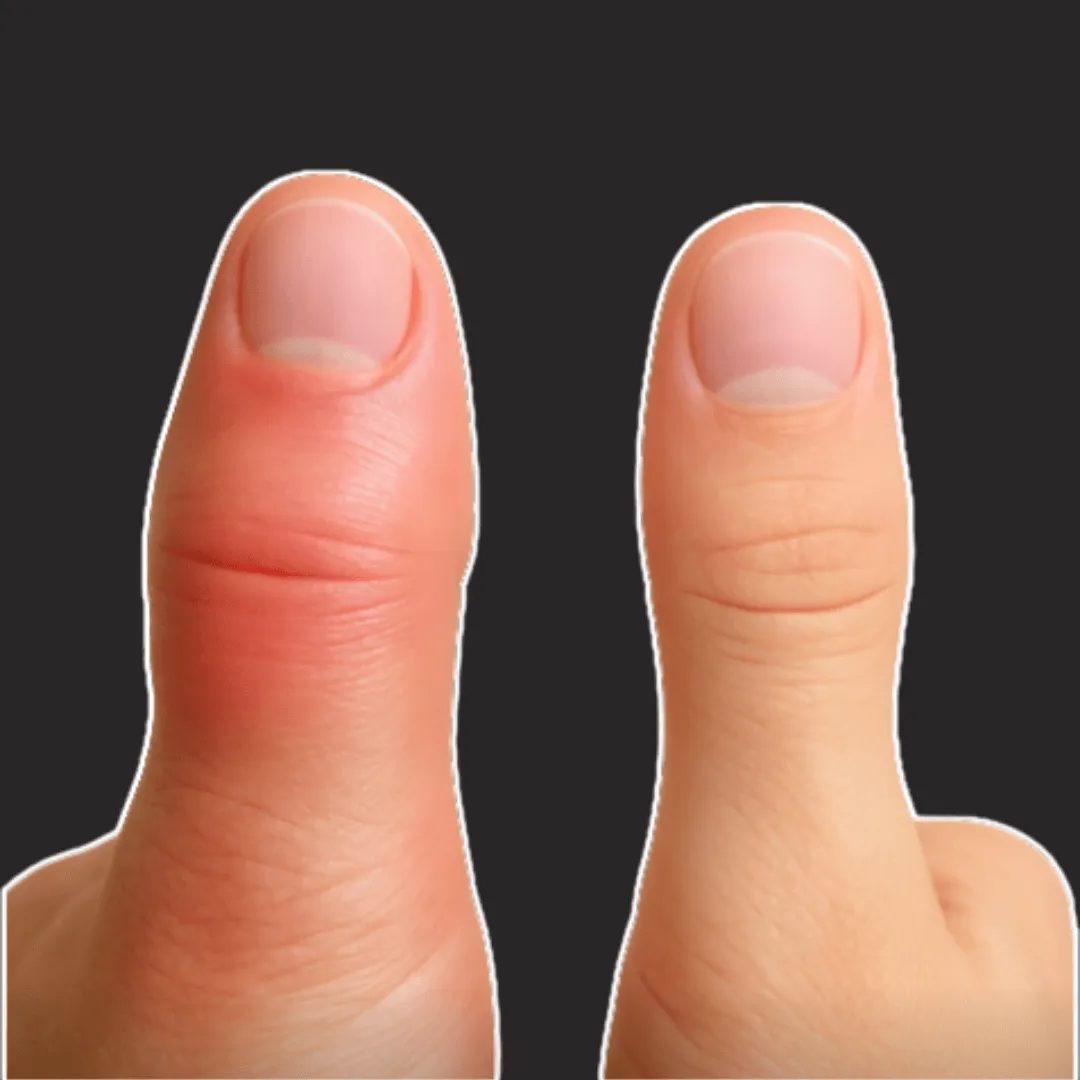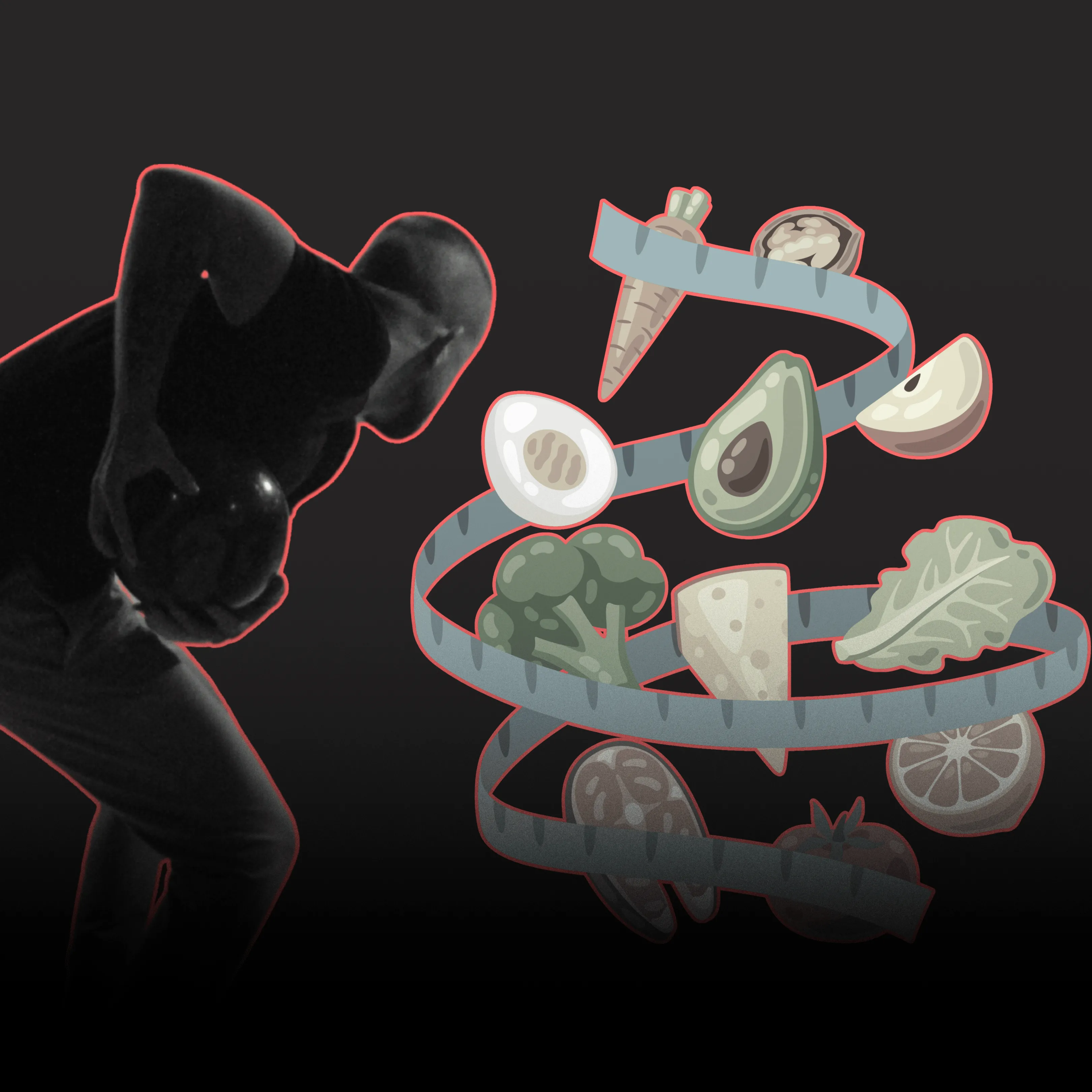Back pain has become one of the most common physical issues in the 21st century. And bowling, unfortunately, is no exception.
Bowling back pain is more common than most think. Many bowlers deal with soreness, stiffness, or serious injury. If left untreated, it can ruin your game, cause missed tournaments, or lead to long-term issues.
In this article, you’ll learn what causes bowling back pain and how to prevent it. We’ll also cover proven tips to manage pain and stay strong on the lanes.
Please note: Some links in this article may be affiliate links. We may earn a small commission to support our work, at no extra cost to you.
Causes of Bowling Back Pain
Bowling forces your body to move in an uneven way. Most of the strain goes to your dominant side. This causes a muscular imbalance - one side becomes overused while the other stays weak.
Over time, that imbalance puts pressure on your spine and lower back. It’s one of the most common causes of bowling back pain.
Another major cause is muscle strain. A sudden or forceful movement - such as an overextension during a release - can lead to painful strain. It may also tear the muscles, ligaments, or tendons in the lower back.
Bowling players are professional athletes, so injuries are inevitable. Bowlers often rush to get back on the lanes, so past injuries that have not healed yet can also cause bowling back pain.
Eventually, poor mechanics cause more strain. One small issue can trigger soreness in other parts of the body. Ignoring these early signs often leads to long-term bowling back pain.
How to Prevent and Relieve Bowling Back Pain
Every bowler should be proactive in caring for their physical health. Here are
five essential strategies to help reduce and manage bowling back pain.
1. Therapeutic treatment
A medical expert is always the best option to treat bowling back pain. Depending on your condition, the therapist will design a personal plan. It may include stretching, strength, coordination, and relaxation exercises. These targeted movements help eliminate the root causes of bowling back pain.
2. Exercising
Exercising just 15 minutes a day can strengthen your core and back muscles. This helps prevent muscular imbalance and reduces the risk of bowling back pain. You don’t need a gym membership. Low-impact activities like walking, cycling, or at-home core workouts are more than enough.
3. Stretching
Starting your bowling game or tournament without stretching is a big mistake. It puts unnecessary strain on your muscles. Lack of stretching reduces performance and increases the risk of joint pain and muscle damage. Do basic stretches at least 20 minutes before the game to prevent bowling back pain.
4. Heat & Ice treatment
Applying a cold pack on your back can help relieve pain and reduce inflammation. It also improves mobility after bowling. Cold therapy is great care for your body after a long day at the lanes.
For best results, apply cold for 15 minutes several times within 24 hours after bowling. Then switch to heat therapy using a heat pad or hot tub. This loosens tight back muscles and eases bowling back pain. We recommend using Reusable Hot&Cold Teraphy Pack.
Alternatively, for deeper muscle recovery, you can also use a massage gun. Designed for athletes, this massage gun helps release tight fascia, reduce soreness, and improve recovery time. We recommend using TheraGun becouse it is powerful yet very easy to use.
5. Maintain a healthy weight
Excess body weight puts extra strain on the lower back. For bowlers, it can shift the pelvis forward and affect balance. This change increases the risk of pain or injury. Maintaining a healthy weight through good nutrition and regular activity supports long-term back health. A balanced lifestyle also helps prevent bowling back pain.
Conclusion on Bowling Back Pain
Bowling back pain doesn’t have to stop you from playing the sport you love. Most cases improve with smart habits and consistent care.
Focus on proper warm-ups, strength work, and recovery after each game. Listen to your body and rest when needed. Ignoring the pain can turn a small problem into a long-term issue.
If your pain continues, seek help from a physical therapist or sports doctor. With the right care and determination, you can return to the lanes stronger than before.





